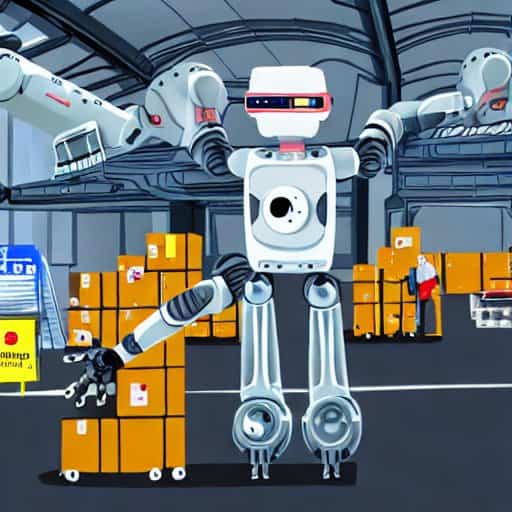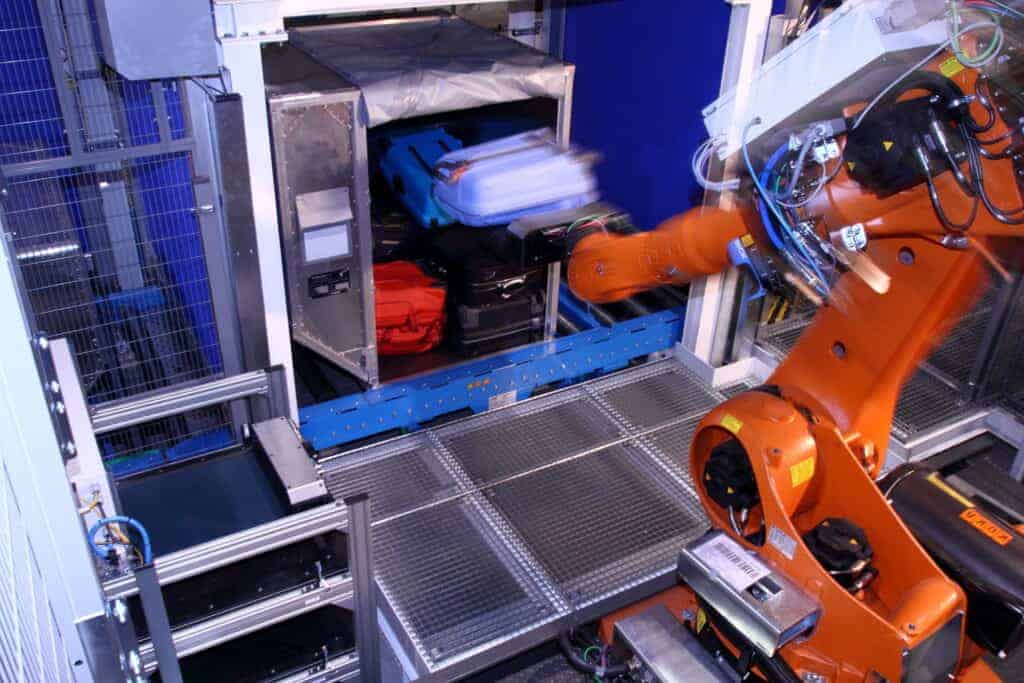
Earlier this year, we wrote about the automation of baggage handling. Although the immediate need for it has subsided somewhat, the fundamental issues persist. Baggage handling involves arduous physical labor in an unhealthy environment, where workers are confined to small spaces and exposed to jet fuel fumes. Hence, robotization remains a necessary solution. Conveyor belts and scanners have already automated much of the process, but loading bags onto planes remains a manual task. What are the latest developments.

Recent strikes highlight the need for automation
Just last week, industrial action halted dozens of flights at two major German airports as security workers and ground services employees in Berlin and Hamburg held a one-day strike over pay. These strikes emphasize the ongoing challenges faced by airports worldwide and the urgency to address labour shortages through automation. The aviation industry must continue to invest in innovative solutions to reduce the reliance on manual labour and improve efficiency.
Long-term growth expected for warehouse automation
While the warehouse automation market experienced tremendous growth of 33% in 2021, short-term growth has been limited due to global economic issues such as the conflict in Ukraine, rising interest rates, supply chain scarcity, and high energy costs. However, medium to long-term growth is expected to be between 8% to 15%. Factors contributing to this growth include scarcity of space, high labour costs, lack of reliable labour, and the ongoing growth of e-commerce. Many of the technologies used in warehouses are also usable in airport bagage handling. The integration of robotics and autonomous mobile robots (AMRs) into warehouse automation solutions is becoming increasingly crucial for transportation, picking, and sortation tasks.
Digitalisation in airports: A key for efficiency and passenger experience
Digitalisation has become essential in the aviation industry for improving efficiency and enhancing the passenger experience. Recent advancements in digitalisation have led to the implementation of biometrics, paperless boarding passes, and process automation, contributing to a seamless travel experience for passengers. Airports can now more accurately predict passenger traffic through data collected from bookings, boarding passes, and luggage access, which helps manage staffing levels and traffic flows. Centralisation of data in Airport Operations Centres (APOCs) offers a comprehensive view of end-to-end airport processes, including incoming and outgoing planes, passenger whereabouts, lost luggage, and public transportation arrivals.
Disney’s robotic sherpa: A glimpse into the future of baggage handling?
Disney has been granted a US patent for a “Robotic Sherpa,” a mobile locker system designed for theme parks. The autonomous lockers, navigated by cameras, can be recalled by customers via a mobile app. While initially aimed at revolutionising theme park experiences by providing convenience and ease of access to belongings, this innovative technology could potentially be adapted for airport baggage handling in the future. The modular design allows storage compartments to detach from the mobility unit, and multiple locking mechanisms, including NFC or biometric locking, ensure security. The lockers can also communicate with customers via display, microphone, and speaker, offering an interactive experience.

As labour shortages persist and the need for efficiency becomes more pressing, the aviation industry must continue to innovate and invest in automation solutions. The steady growth of warehouse automation, digitalisation in airports, and emerging technologies like Disney’s Robotic Sherpa all point towards a future where baggage handling becomes increasingly automated, improving both working conditions for employees and the overall passenger experience.

